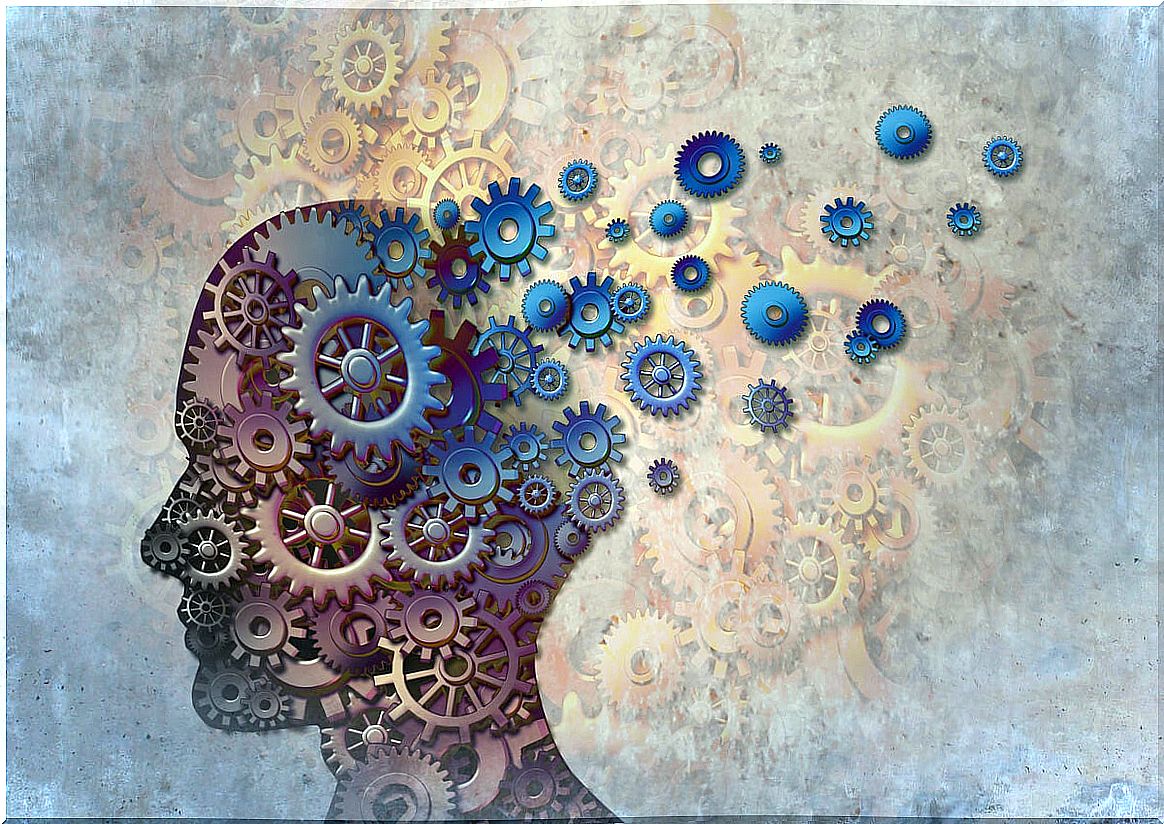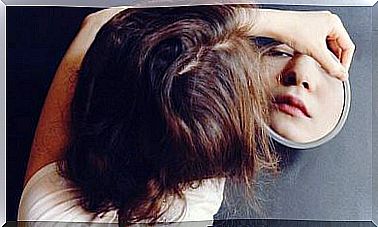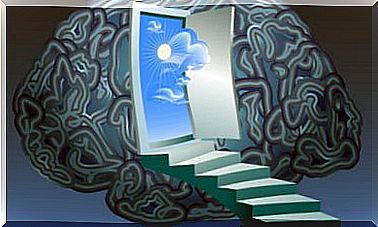The Fascinating History Of The DSM

The history of the DSM -Diagnostic and Statistical Manual of Mental Disorders- is the history of how a part of humanity has conceived the human mind. Although it remains the main diagnostic tool in many countries, it has not been without controversy and questioning over time.
One of the first criticisms of this, which is considered the Bible of psychiatry, is that despite its name it does not contain statistics. The method through which the classification of mental disorders is designed is also questioned. Likewise, the history of the DSM itself has episodes that detract from its scientific character.
Often times, the disorders described in this manual are used more to label people than as a treatment principle. The latter, from that perspective, is usually almost exclusively pharmacological, which also sparks criticism. Let’s take a closer look at the fascinating history of the DSM.

The history of DSM: the origins
The first time a manual on mental disorders was made in the United States was in 1917. It was designed by the American Medical-Psychological Association, an organization that would later become the American Psychiatric Association (APA). However, it was not until 1952 when the first version of the DSM was published: the DSM I.
One of the problematic aspects in the history of the DSM is that it arose at a time when there was a great interest in “pacifying” societies, after the atrocious World War II. At the same time, a large number of military psychiatrists were called in to design the manual.
From the beginning, the idea of classifying mental disorders in such a categorical way was questioned. These criticisms came, above all, from psychology and psychoanalysis, both with a more holistic vision. Initially, only a few disorders were classified. The questions led to a second version that included 36 pathologies.
The inflection point
There is a turning point in the history of DSM. It happened when David Rosenhan did the famous Rosenhan experiment, which proved that the diagnostic criteria were extremely inaccurate and risky. Psychiatry was thus called into question. Faced with this, psychiatrist Robert Spitzer launched an offensive to avoid questioning. The result of this was the DSM III.
The idea was to make a manual that completely dispensed with subjectivity. Until now the possible causes of the disorders and certain notes on the treatment were included, but the third version eliminated all this. What was sought now was to make a list of disorders and put in front the set of symptoms that characterized each one.
Who would do this work? A group of American psychiatrists. How would you define each disorder and its characteristics? Through a very “democratic” method: voting. If the majority won, the disorder was included. If not, he was excluded. Within the group only psychiatrists from the organicist school were admitted.
The goal was that the Manual could be used universally: across cultures and for all individuals. In the end they had a list of 265 clinical entities. The only one that was not approved was the “atypical child syndrome”, whose creator defined it as “a child with indefinable but atypical symptoms” (sic).

DSM today
Continuing the history of the DSM, in 1994 the design of the fourth version of the manual was undertaken. The aim was, as always, to give the concepts greater precision and specificity. Use more technical and less ambiguous language each time. This time the list ended up made up of 404 clinical entities.
The fifth version, released in 2013, has been the most controversial of all in the history of the DSM. It has received criticism from all fronts. They had spent an enormous amount of money, they worked for 10 years and the result was disappointing. The authors themselves admitted it.
This version includes such questionable clinical entities as “psychosis risk syndrome”, something like certain indications that in the future someone could become psychotic. Experts estimate that this could generate false positives of up to 75%.
It is not gratuitous that the World Health Organization does not recommend the use of this instrument, but rather the ICD-10 (International Classification of Diseases), which is not without debate either. It is also not gratuitous that the United States National Institute of Mental Health (NIH) has decided to abandon this classification. The final chapter in DSM history may have begun.









